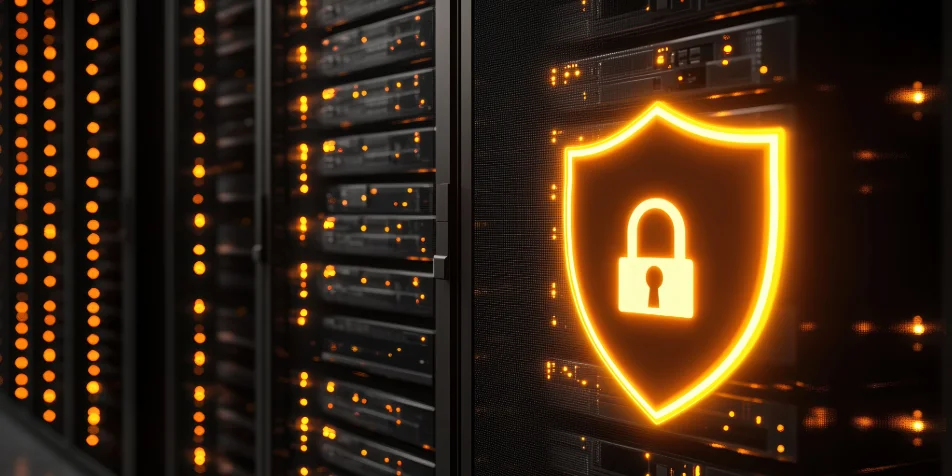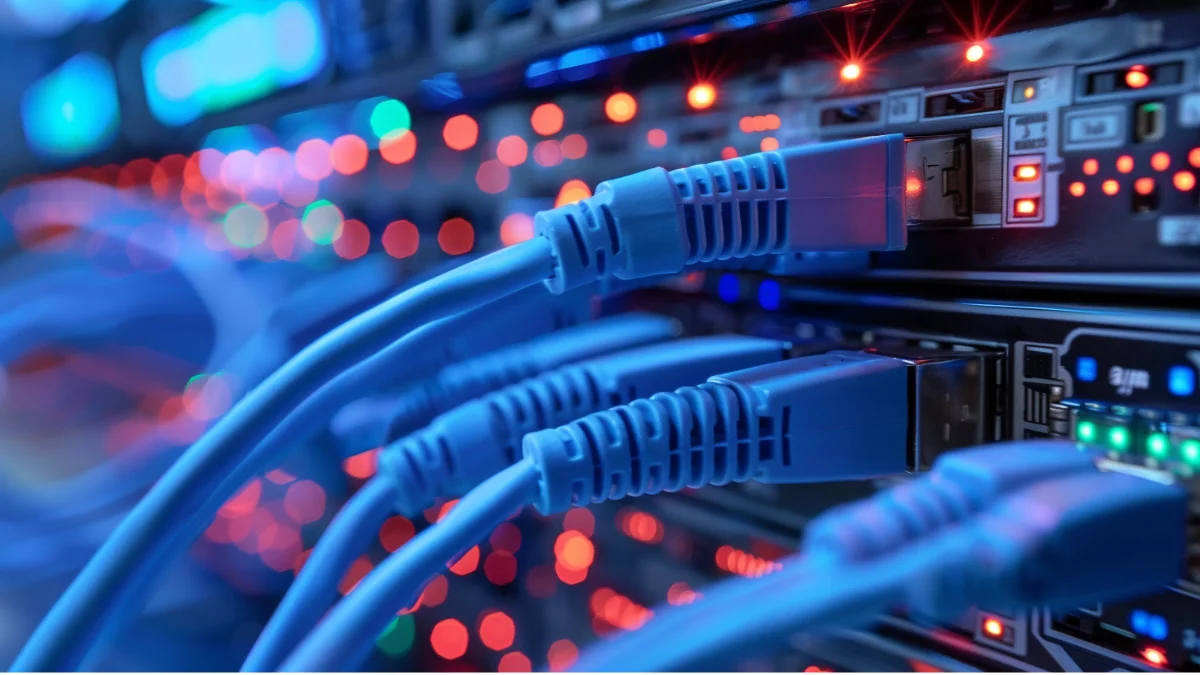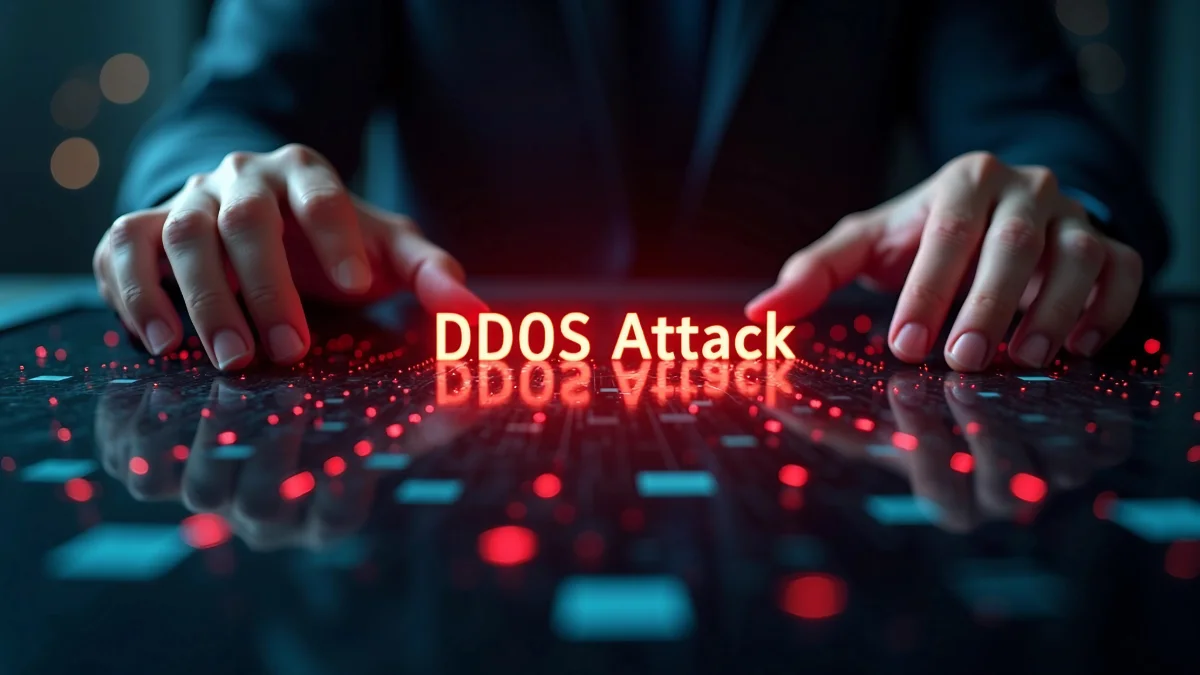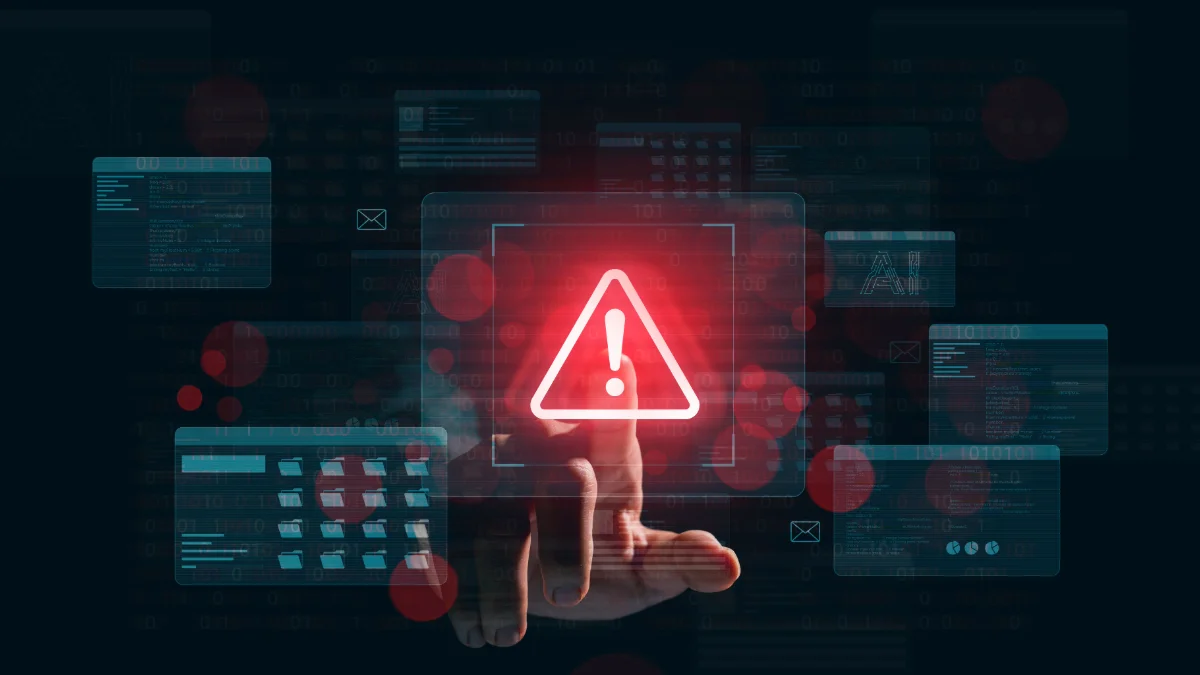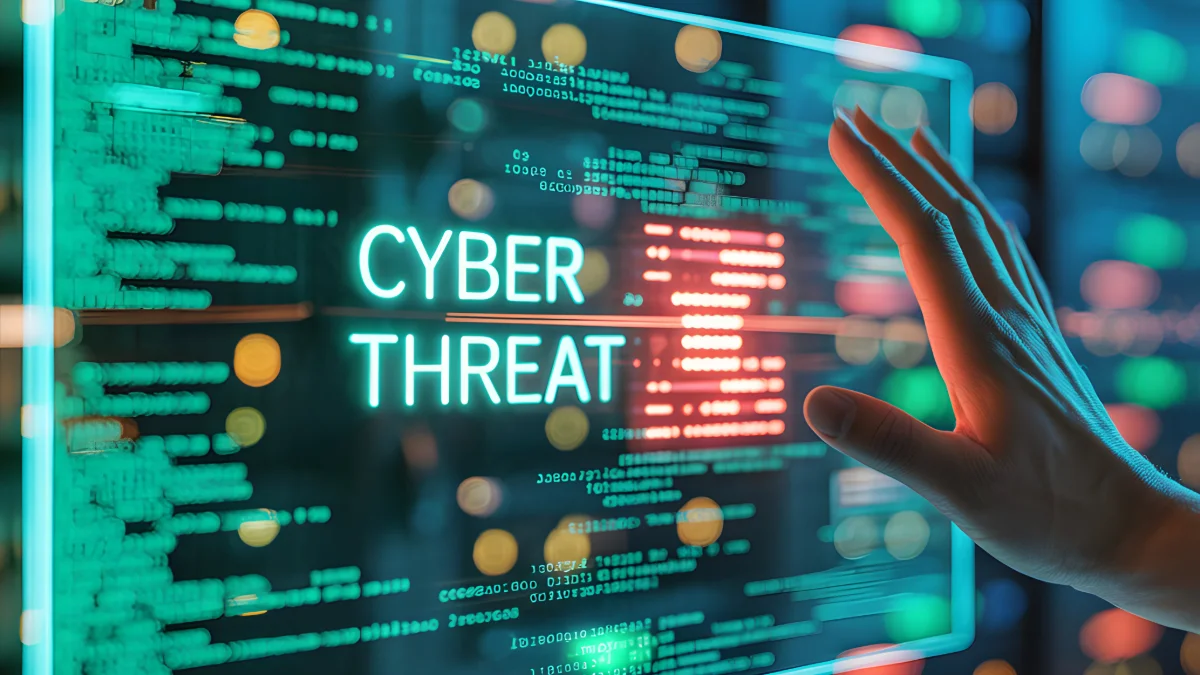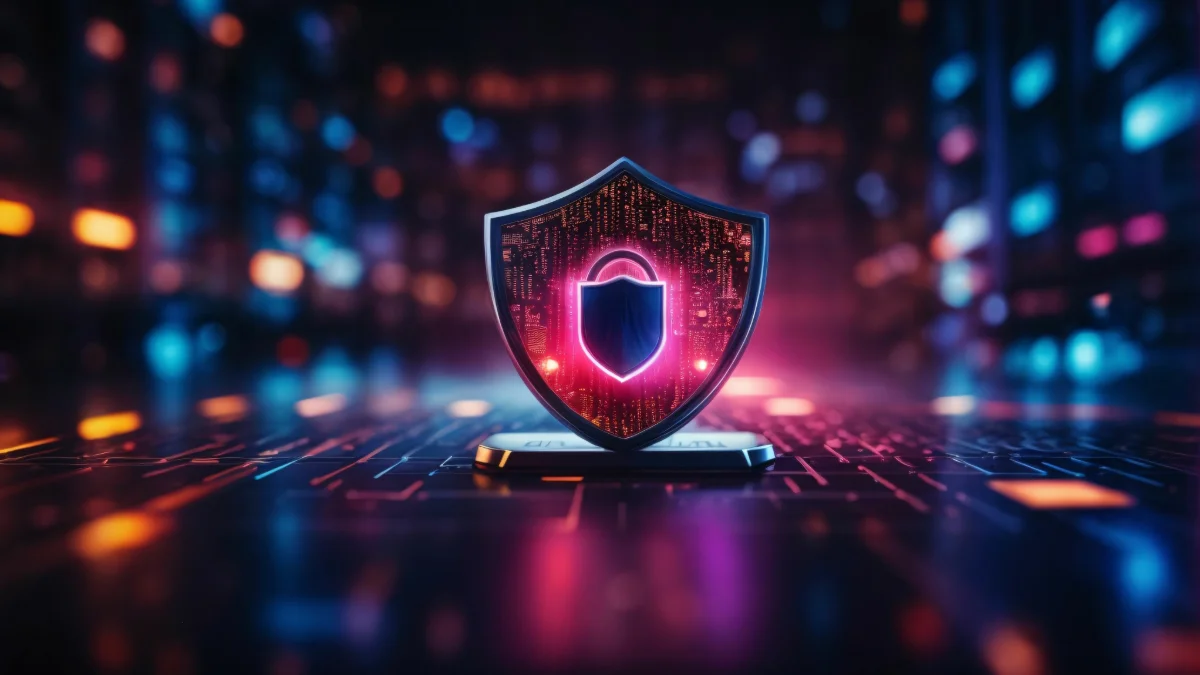1.
How Does a SOC Work?
SOC stands for “Security Operations Center.” A SOC is a centralized facility that continuously monitors, detects, analyzes, and responds to cyber threats targeting an organization's IT infrastructure. Using a variety of technological tools, it ensures streamlined process management and enables timely detection of security incidents. A SOC also analyzes these incidents and manages response processes against cyberattacks. For more details on what a SOC is, how it works, and why it matters, read on!
One of the most frequently asked questions alongside “What is a SOC?” is “How does a SOC work?” A SOC manages real-time incident response and continuously supports security improvements to protect a business against evolving cyber threats. Its incident response lifecycle typically includes the following stages:
1. Monitoring: Real-time surveillance of the network, servers, applications, and user activity.
2. Detection: Identification of suspicious behavior, anomalies, or known threat indicators using automated tools.
3. Analysis: Detailed investigation of incidents, eliminating false positives, determining the nature and potential impact of the threat.
4. Response: Reacting to the identified threat — blocking malicious IPs, freezing compromised accounts, or removing malware.
5. Recovery: Restoring systems to normal, patching vulnerabilities, and implementing safeguards to prevent future incidents.
6. Reporting and Learning: The final step involves generating reports, analyzing the source and duration of the attack, and developing strategies to mitigate similar threats in the future.
2.
Why Is a Security Operations Center Important?
A Security Operations Center is critical for modern businesses, as cyber threats have evolved beyond simple IT issues and now directly impact business continuity and corporate reputation. Without a SOC, it becomes significantly harder to identify risks and strengthen response capabilities. With Security Operations Center software, organizations gain the ability to monitor threats and respond to incidents 24/7. The SOC continuously monitors systems, quickly detects anomalies, and significantly shortens response time.
SOC services are also crucial for maintaining business continuity and customer trust. Preventing breaches boosts both customer confidence and brand reputation. In addition, SOCs help organizations meet regulatory compliance requirements such as KVKK, GDPR, and ISO 27001 by logging and reporting security events. A SOC not only reacts to attacks but proactively identifies vulnerabilities before exploitation. Through threat intelligence, it remains prepared for emerging cyberattack methods — proving that a SOC supports a proactive security strategy.
If you need cloud-managed firewall services for centralized security policy and rule management, get started with GlassHouse Firewall as a Service and protect your operations against cyber threats.
3.
What Happens If a Business Doesn’t Have a SOC?
Operating without a SOC exposes businesses to major risks such as data breaches, misuse of sensitive customer information, disruption of business operations, legal penalties, and reputational damage. With GlassHouse Web Application Firewall (WAF) as a Service, you can ensure application uptime and protect your apps by blocking malicious traffic at the application layer.
4.
Build Your Own SOC or Outsource It?
The Security Operations Center plays a crucial role for businesses — and choosing between building one in-house or outsourcing it is a strategic decision. An internal SOC provides full control, keeping all data on-premises and allowing for tailored security policies aligned with company processes and culture. However, building an internal SOC is costly, requires skilled professionals, and demands 24/7 staffing.
On the other hand, outsourcing SOC operations offers benefits such as lower costs, no need for infrastructure setup, access to experienced analysts and engineers, and up-to-date threat intelligence. The downsides may include limited control and potential data security concerns — especially in regulated industries like finance and healthcare. Organizations must weigh the pros and cons of each model to select the most cost-effective and advantageous option. For real-time anomaly detection and maintaining system integrity, explore GlassHouse IPS as a Service. Also, learn more about the measures businesses can take to protect data privacy and security.
